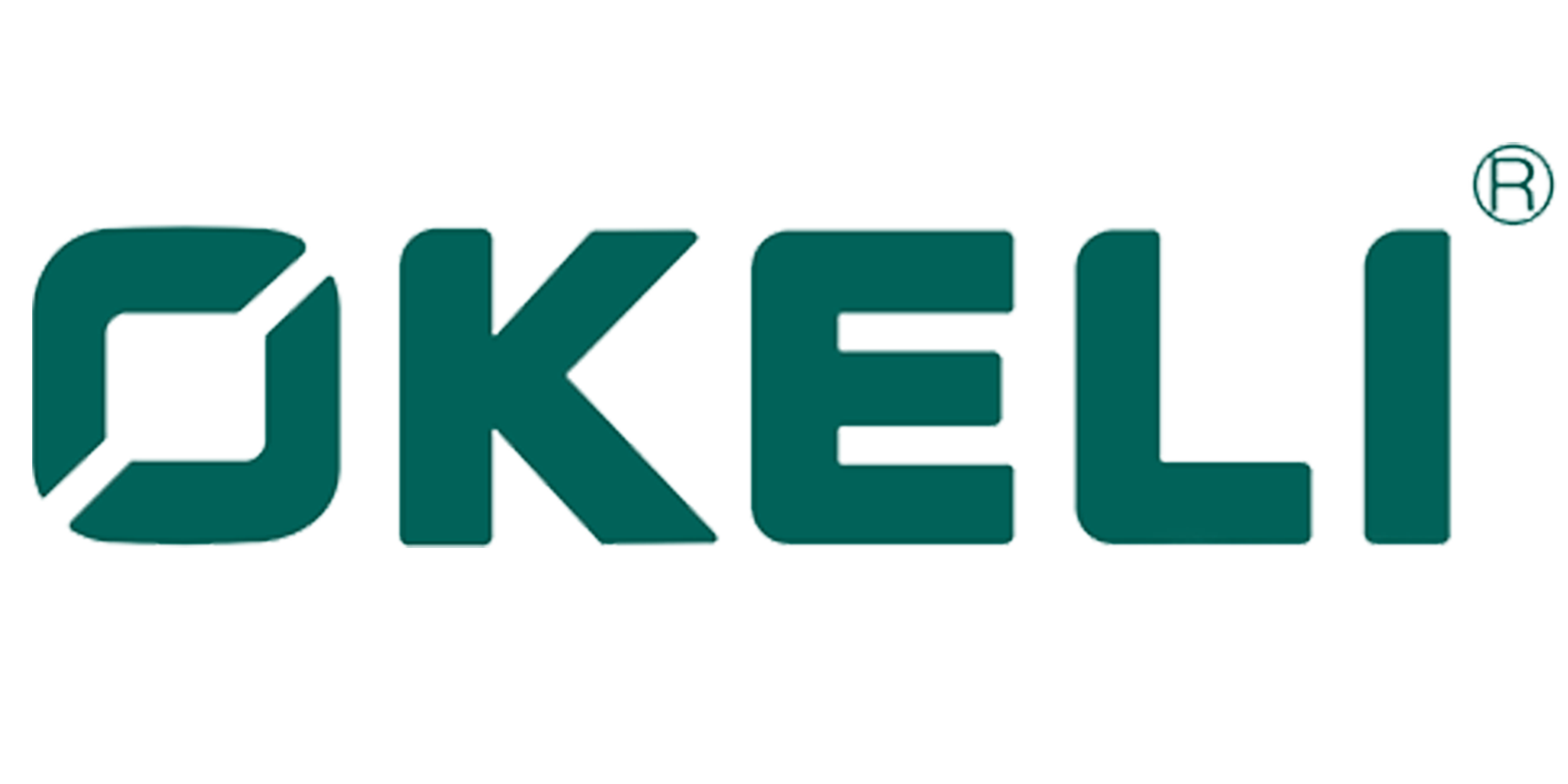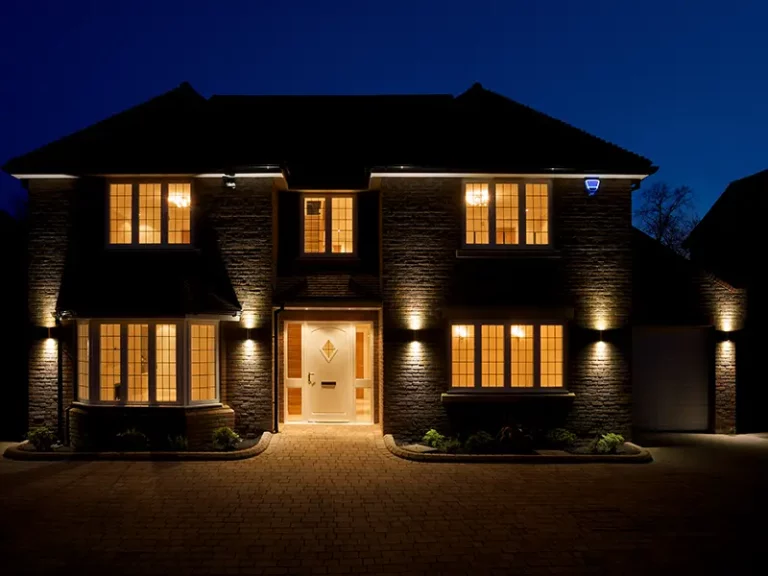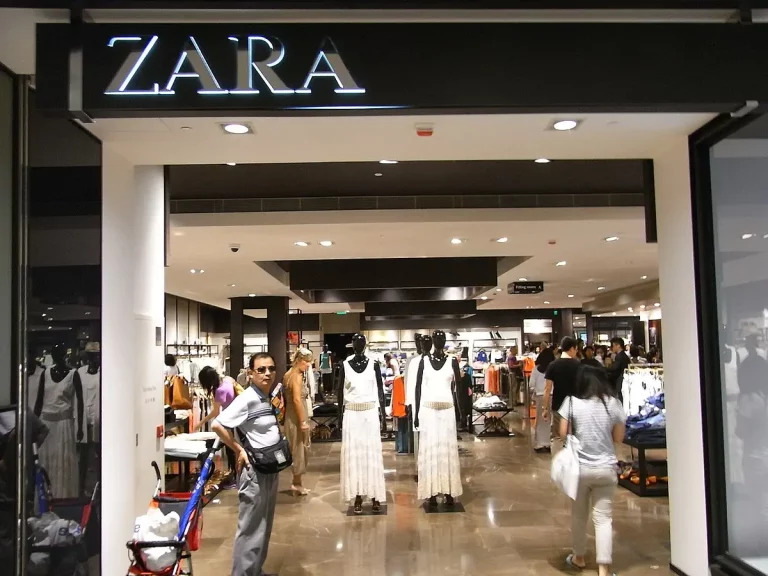Navigating the regulations in the commercial lighting industry can be a complex task for manufacturers and solutions providers. With an ever-evolving regulatory landscape, staying compliant while ensuring energy efficiency, safety, and environmental sustainability is crucial.
Overview of Regulatory Requirements in Commercial Lighting
Commercial lighting regulations are primarily designed to ensure energy efficiency, safety, and environmental responsibility. These regulations are enforced by various governmental bodies, including federal, state, and local agencies. Some of the key regulatory areas include:
- Energy Efficiency Standards: These standards mandate minimum energy performance for lighting systems to reduce energy consumption.
- Safety Standards: Ensure that lighting products are safe for use in commercial environments and comply with electrical safety and fire prevention regulations.
- Environmental Standards: Regulations around waste disposal, recycling, and harmful substances like mercury in lighting products.
Key Regulations Impacting Commercial Lighting
Several key standards and codes govern commercial lighting, and understanding these is essential for compliance.
ASHRAE 90.1 and IECC: The Backbone of Energy Codes
Two major standards regulate energy performance in commercial buildings:
- ASHRAE 90.1: The American Society of Heating, Refrigerating, and Air-Conditioning Engineers (ASHRAE) sets the standards for the energy efficiency of buildings, including lighting systems. The latest version, ASHRAE 90.1-2019, emphasizes improving lighting system performance, including maximum lighting power densities and controls for lighting systems in commercial buildings.
- International Energy Conservation Code (IECC): This code provides guidelines for energy efficiency in commercial buildings, focusing on how lighting systems should operate in conjunction with building systems to achieve overall energy savings. IECC and ASHRAE are often used interchangeably, but while ASHRAE focuses more on HVAC systems, IECC has a broader scope, covering all aspects of building energy usage, including lighting.
UL Certification: Ensuring Product Safety
UL (Underwriters Laboratories) certification is a critical safety standard for lighting products sold in the U.S. It ensures that the products meet the necessary safety requirements for electrical and fire hazards. Lighting manufacturers must ensure that their products are UL-listed to sell them for commercial use. Without proper certification, products could face rejection at the point of sale or during installation.
Energy Star and DLC Certification: Enhancing Energy Efficiency
- Energy Star: A government-backed symbol for energy efficiency, Energy Star provides manufacturers with guidelines for reducing energy consumption in lighting products. For commercial lighting, products that are Energy Star certified can help businesses save on energy costs while meeting regulatory compliance.
- DesignLights Consortium (DLC): DLC is a non-profit organization that establishes criteria for high-performing commercial lighting. Many utility programs offer rebates for energy-efficient products, and DLC certification can help manufacturers meet those criteria.
Environmental Considerations: Reducing Impact
Environmental sustainability is increasingly becoming a focus in the commercial lighting industry. Regulations related to the environmental impact of lighting products are driving innovation in the sector. Key standards include:
- RoHS (Restriction of Hazardous Substances): This European Union directive restricts the use of specific hazardous materials in electrical and electronic products, including lighting. Manufacturers must ensure that their lighting products are free from substances like lead, mercury, and cadmium.
- WEEE (Waste Electrical and Electronic Equipment): This directive focuses on the disposal of electronic products, including lighting systems. Manufacturers must take responsibility for the collection and recycling of lighting products at the end of their life cycle.
State and Local Regulations: A Patchwork of Rules
While federal regulations provide a general framework, state and local governments often impose additional rules based on regional needs and environmental goals. For example, California has some of the strictest lighting regulations, with the California Title 24 Energy Standards setting higher requirements for lighting efficiency in commercial buildings. Similarly, other states may have their own building codes or incentives for energy-efficient lighting.
Manufacturers must stay up to date on the regulatory requirements specific to the regions in which they sell their products. Non-compliance can lead to costly fines, loss of business, and damage to a brand’s reputation.
The Role of the Manufacturer in Regulatory Compliance
Lighting manufacturers play a pivotal role in ensuring that their products meet the regulatory standards in each market. Compliance begins at the design stage, where manufacturers need to incorporate energy-efficient technologies, safe materials, and sustainable practices into their products.
Key steps manufacturers can take to ensure compliance include:
- Staying Updated on Regulatory Changes: Regulations in commercial lighting are constantly evolving. Manufacturers must monitor changes in energy codes, safety standards, and environmental guidelines to ensure their products remain compliant.
- Product Testing and Certification: Regular testing and obtaining the necessary certifications from bodies like UL, Energy Star, and DLC are essential to meet safety and energy efficiency standards.
- Collaboration with Stakeholders: Manufacturers should collaborate with architects, engineers, and other professionals in the commercial construction and design industries to ensure that their products meet the needs of energy-efficient and code-compliant projects.
The Importance of Regulatory Navigation
The commercial lighting industry is heavily influenced by a complex array of regulations and standards aimed at improving energy efficiency, safety, and sustainability. Staying compliant requires manufacturers and solutions providers to be proactive, understanding the full scope of the regulations that impact their products. By focusing on energy efficiency, safety, environmental responsibility, and regional codes, lighting professionals can ensure their products meet regulatory requirements, boost business prospects, and contribute to a more sustainable future.
OKELI Lighting has been continuously learning about the latest lighting industry regulations while maintaining compliance




